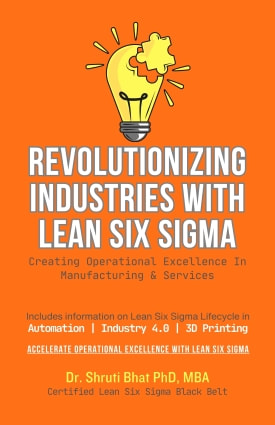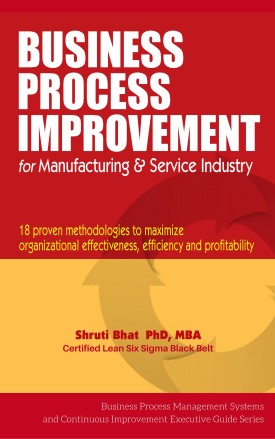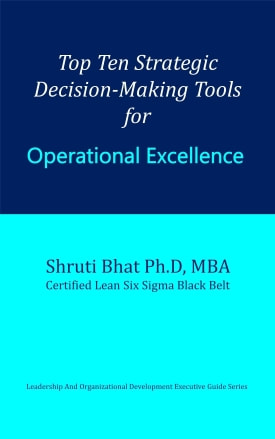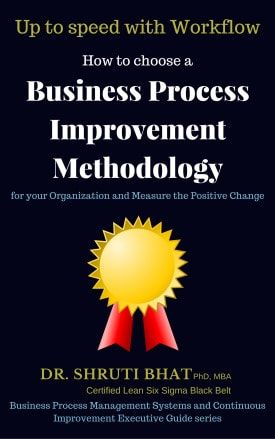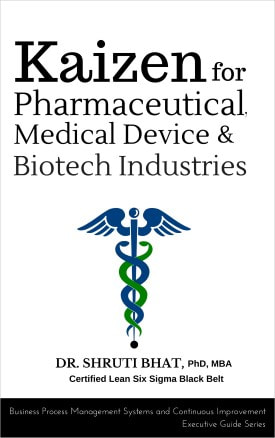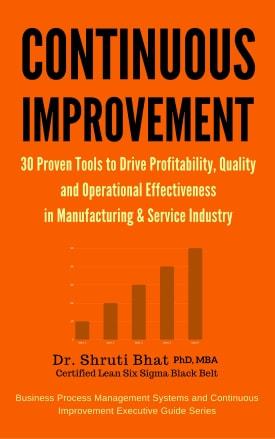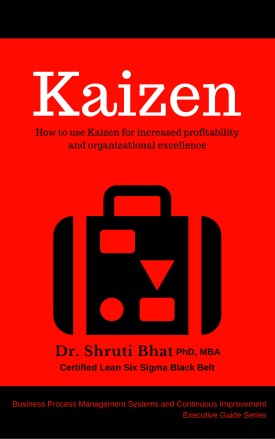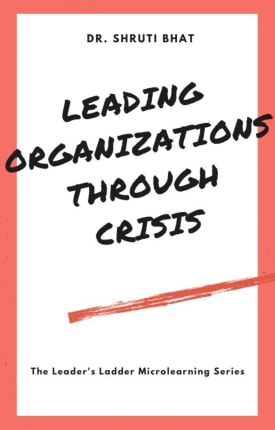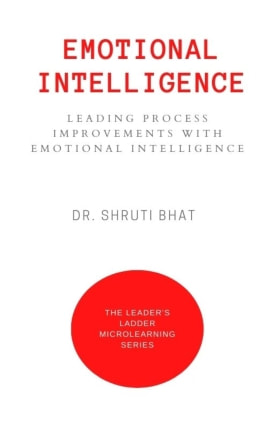After a brief look at the oral dosage delivery advances, let us now take a look at what has advanced in other routes of drug delivery. In this section, we discuss parental and transdermal delivery advances.
Advances in parenteral delivery – drug targeting:
Drug targeting has been attempted using colloidal systems such as liposomes, niosomes, resealed erythrocytes, microencapsulated beads etc. Liposomes have been as site-specific carriers since, on administration they concentrate in the organs bearing fenestrated capillaries such as liver, spleen and bone marrow and therefore form ideal substrate/ carriers for anti-neoplastic drugs. Several liposomal formulations of drugs viz. doxuorubicin, daunorubicin, 4’epimre of doxuorubicin, epirubicin, annamycin, campthothericin, mitoxatone, paclitaxel, interleukin-2 etc. have already been studied.
The liposomal formulations of doxorubicin has been observed to improve the therapeutic index of the drug by changing the dug disposition leading to a decreased occurrence of doxorubicin related cardiac toxicity. Liposomal encapsulation of interleukin –2 decreased over all toxicity while maintaining immunomodulatory activity. However, more research has to be performed to develop liposomes/ niosomes bearing higher chemical and physical stability characteristic to prevent degradation during extended storage.
Another set of carriers include low-density lipoproteins and multiple/ fat emulsion beads. The w/o/w emulsion presents water-soluble drugs in a liposoluble vehicle in which the oil membrane acts as a barrier to control release. Low-density lipoproteins (LDL) have proven to be suitable carriers especially for cytotoxic drugs because a number of tumor cell lines are highly active in the uptake of LDL.
Furthermore, the oily core provides a domain for lipophilic (pro) drugs. The cytotoxic steroid mustard carbamate 25 has been successfully incorporated into the core of reconstitution. LDL and was found to be stable in serum in vitro. One of the major advantages of using LDL particles as carriers for anti-neoplastic drugs is the fact that they are endogenous and are not recognized and eliminated by the reticulo-endothelial system of the body.
Yet another biological carrier includes the fibrin beads. The fibrin polymer represents a natural, biocompatible and biodegradable matrix. Drugs when entrapped within or coated with the fibrin polymer form systems for parenteral injections/ surgical implantation. The specificity of fibrinogen-thrombin reaction favors incorporation of sensitive molecules such as peptides and proteins without modification. Formulation engineering and process optimization can provide database for formulation of fibrin based DDS with a control characteristic, suitable for human application.
Similarly, significant progress has been noted in the field of skin preparation; the prominent being transdermal patches and iontophoretic devices. Survey indicates that 291 patents (around the world) pertaining to transdermal systems have been issued in the year 1996 as against 241, 181 and 164 for the years 1995, 1994 and 1993 respectively. From 291 patents, 143 have been classified as devices, 93 as enhancers, 46 as iontophoretic devices and 9 as counterirritants. Research in this area of drug deliver is on- going but certainly not at a fast rate.
An update on transdermal systems and iontophoretic devices:
1. Some of the newer approaches in transdermal systems include:
2. Temperature activated on-off device
3. Device with multiple micoreprotusions
4. Patch with micro porous tie layer
5. Reservoir device with frangible micospheres and
Aerosol based transdermal patch.
New moieties such as Ropinirole, Xanomeline etc. have been studied and evaluated a model drugs. Parallel progress has been made in the development of iontophoretic devices. A novel iontophoretic device researched ‘I’, comprises of drug containing patch that is disposable and a reusable controller connected to the patch. The controller detects the number of times I is use, clocks its useful life, records the date and tie of usage and detect when the supply of drug has been exhausted and renders the controller unusable. The device permits a safe, accurate operation and allows patient compliance monitoring. Another device employs the principle of electroporation preceding iontophoresis.
In the next post I shall briefly touch upon newer challenges in peptide and bio-tech based delivery systems.
|
0 Comments
Your comment will be posted after it is approved.
Leave a Reply. |
New Book Released!Shruti's YouTube Channel ...Blog Categories
All
Shruti's books...Micro-Learning
|


